

ARTS & CULTURE
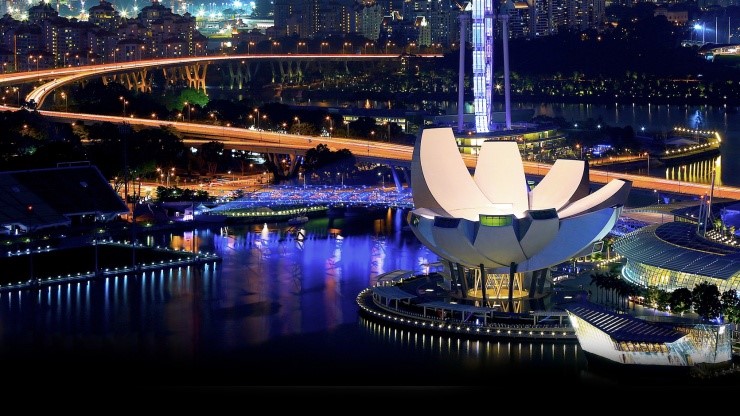
ArtScience MuseumTM at Marina Bay Sands® beautifully fuses art and
science to tell fascinating stories. This premier venue houses a constantly
changing line-up of major international touring exhibitions, brought in through
collaborations with organisations such as the American Museum of Natural History,
the Smithsonian Institute and world-renowned furniture designer Herman Miller.
Not only does the museum push boundaries with its retinue of world-class exhibitions,
its design architecture is equally as iconic. The museum’s structure is meant to
symbolise the welcoming hand of Singapore with ten fingers. The tip of each “finger”
filters in natural light to showcase exhibits in the best light. There are 21 galleries
spread over three storeys with a total floor space of about 50,000 square feet.
Find out more: https://www.marinabaysands.com/museum.html
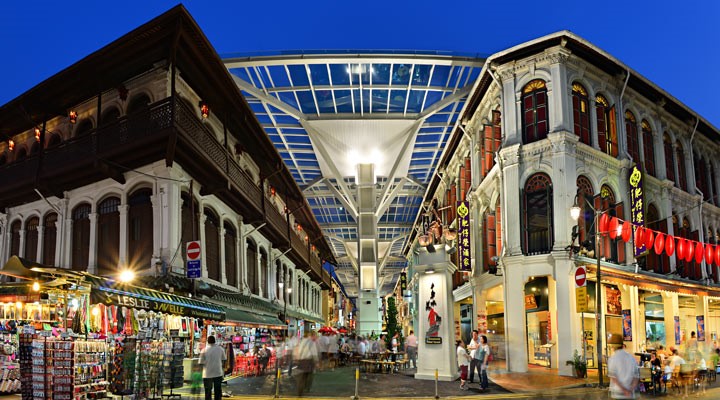
A story of Chinese heritage Following Singapore's founding, migrants looking to
make their fortune in Singapore began arriving in droves. Life was not easy back
then for anyone on the street and home often meant nothing more than a wooden board
as a bed. Fresh water had to be carted in by bullock-drawn carts, the practice of
which contributed to Chinatown's other name - Niu Che Shui, known as Bullock-Cart-Water.
Over the years, Chinatown has changed and evolved, but it is filled with traces of our
beloved enclave of culture and tradition, defined by the very people who live, work and
play on the streets of Chinatown.
Find out more: http://www.chinatown.sg/index.php
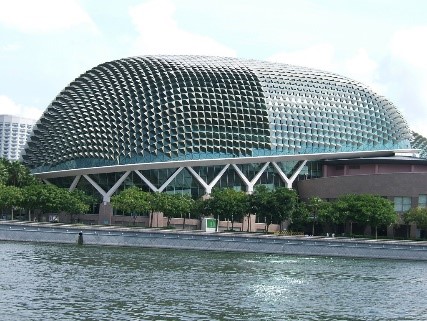
Esplanade is Singapore’s national performing arts centre and one of the busiest arts centres in the world. It is made up of two rounded glass domes fitted with over 7,000 triangular aluminium sunshades. Locals have dubbed them "the Durian", as the twin structures resemble the spiky tropical fruit unique to this part of the world. It is designed by leading local firm DP Architects where the space features a 1,600-seat Concert Hall. Local, regional and international music acts regularly perform in ‘the Durian’. Find out more: https://www.esplanade.com/
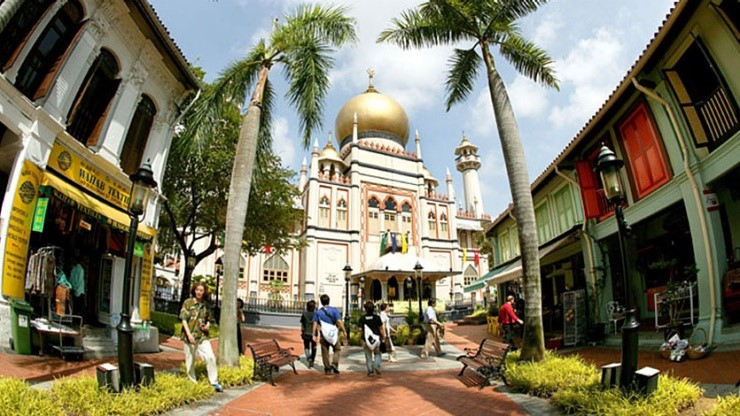
Kampong Gelam has its origins as a thriving port town and is Singapore's oldest
urban quarter. In Malay, the word kampong means "compound", while glam is often
attributed to the gelam (long-leaved paperbark tree), which was found and used
locally for boat-making, medicine and even as a seasoning for food. In 1822, Sir
Stamford Raffles allocated the area to the Malay, Arab and Bugis communities.
The area subsequently became one of the seats of Malay royalty in Singapore.
Some say Kampong Gelam really is glam (a local term meaning glamorous). The area
has an eclectic blend of history, culture and a super-trendy lifestyle scene.
Find out more: https://www.visitsingapore.com/see-do-singapore/places-to-see/kampong-gelam/
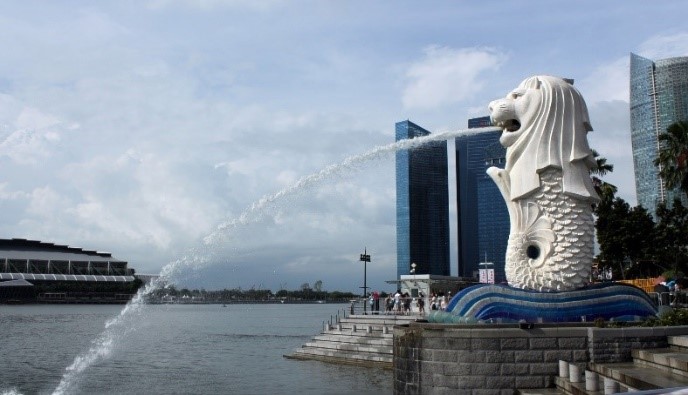
Catch a glimpse of Singapore’s most majestic icon, the Merlion, a
mythical creature that’s half-fish and half-lion. The Merlion combines
two elements of Singapore’s identity—its body symbolises the fishing villages
of Singapore’s past, while its lion head is a symbol of Singapura (“lion city” in Sanskrit).
Today, you can glimpse this legend at Merlion Park. Spouting water from its mouth,
the Merlion statue stands tall at 8.6 metres and weighs 70 tonnes.
This icon is a ‘must-see’ for tourists visiting Singapore, similar to other
significant landmarks around the world.
Merlion Park
1 Fullerton Road
Singapore 049213
Click here for the map
Find out more: http://www.gardensbythebay.com.sg/en.html